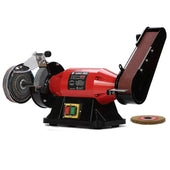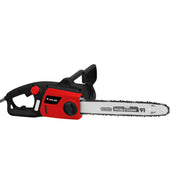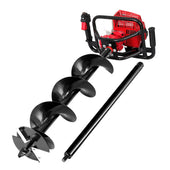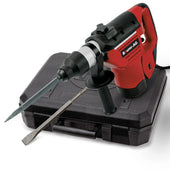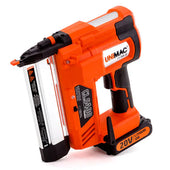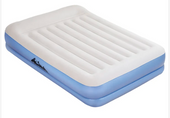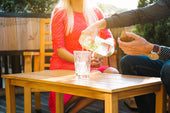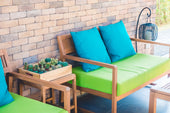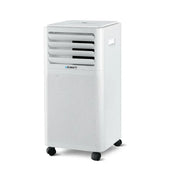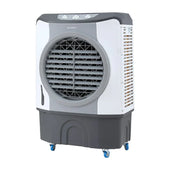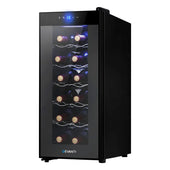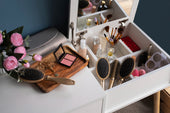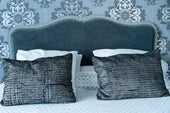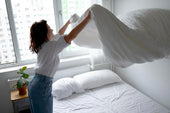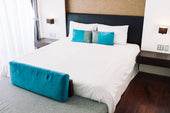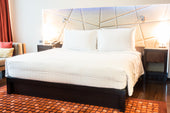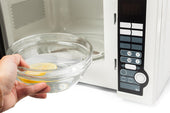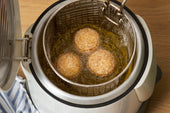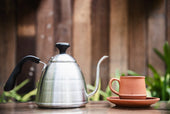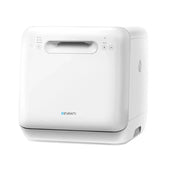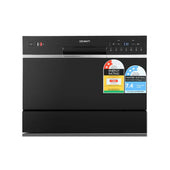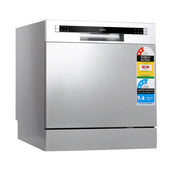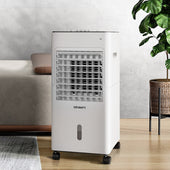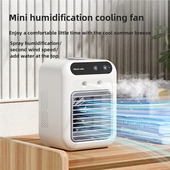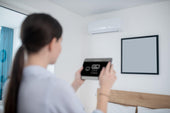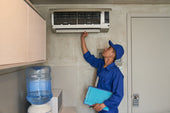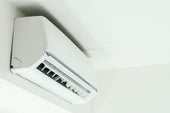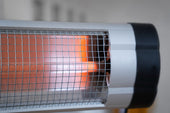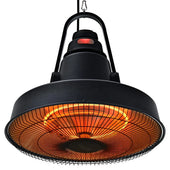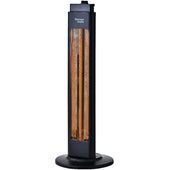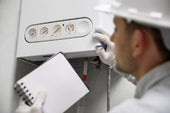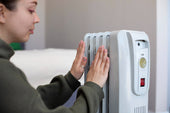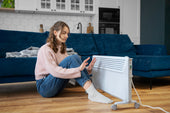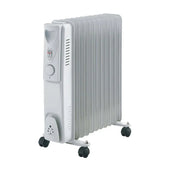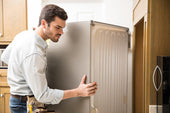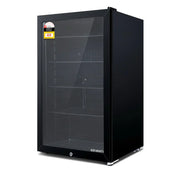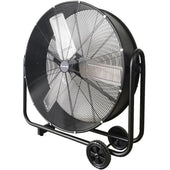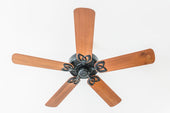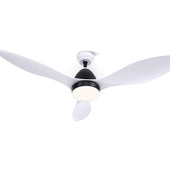Understanding Bedside Table Vulnerabilities
Bedside tables are subjected to various threats due to their frequent usage and proximity to everyday activities. Common vulnerabilities include physical damage, such as scratches and dents, caused by accidental bumps or the use of sharp objects. Exposure to moisture and spills from drinks or other liquids can lead to warping or staining, weakening the table’s structure over time.
Certain environmental factors, like direct sunlight, may also cause fading or discolouration of surface finishes. Improper use, such as overloading the table or using it as a seat, could compromise its stability. During Days products, Recognising these risks helps in adopting effective measures to protect bedside tables from damage.
Common Causes of Bedside Table Damage
- Spilled Liquids: Drinks, cosmetics, or even water glasses often leave behind unsightly stains or swollen wood surfaces when not cleaned promptly or when protective coasters are neglected.
- Heat Damage: Placing hot beverages or heated devices directly on the surface can result in discolouration, burn marks, or warping.
- Scratches and Scuffs: Items like keys, jewellery, or ornaments dragged across the surface frequently lead to surface abrasions.
- Overloading: Storing excessive weight can strain joints and structural components, causing wobbling, cracks, or even breakage.
- Neglect: Infrequent cleaning or improper care can lead to the accumulation of dust, fading finishes, and long-term wear.
- Moisture Exposure: High humidity or condensation can weaken the material, particularly in wood and veneer tables.
Choosing Durable Materials for Bedside Tables
Selecting the right materials for bedside tables is crucial to ensure longevity and resistance to damage. Durability often depends on material composition, quality, and how well it withstands everyday use.
- Wood: Hardwood options like oak or walnut are highly durable and resistant to scratches, whereas softer woods such as pine may dent more easily.
- Metal: Steel and wrought iron provide excellent strength and are less likely to degrade with exposure to moisture.
- Glass: Tempered glass is a safer and more robust option, offering resistance to shattering while adding a sleek aesthetic.
- Laminate: While affordable, high-quality laminate can resist stains and minor impacts effectively.
Buyers should consider their environment, potential wear, and design preference when choosing materials.
Protective Measures for Your Bedside Table Surface
To preserve the surface of a bedside table and prevent damage, one should consider various protective measures. These prevent common issues such as scratches, water stains, and heat marks.
- Use Coasters or Mats: Always place coasters under beverages or mats under hot items to avoid water rings and burn marks.
- Add a Tablecloth or Runner: A fabric covering offers a soft barrier against scratches and spills while complementing room décor.
- Apply a Protective Finish: Protective coatings like varnishes or clear wax can shield wooden surfaces from moisture and minor scratches.
- Invest in Glass or Acrylic Covers: A custom-fitted cover provides durable, transparent protection without altering the table’s appearance.
- Avoid Sharp or Abrasive Items: Ensure objects like keys or jewellery are kept off the surface to minimise scratching risks.
Branching these measures ensures extended longevity and preserves your table’s aesthetic appeal.
Preventing Scratches and Scuffs
Safeguarding bedside tables from scratches and scuffs begins with protective measures. Utilising table mats or coasters prevents direct contact between items and the surface, reducing wear caused by sharp or heavy objects. Soft felt pads or rubber bumpers can be attached to lamp bases and decorations.
Avoid dragging items across the table; always lift and reposition them instead. Using furniture polish or a protective sealant creates a resistant coating, shielding surfaces against abrasions. Frequent cleaning with soft, non-abrasive cloths removes debris that might cause micro-scratches. Placement of objects should be thoughtfully planned to minimise unintentional damage during daily use.
Dealing with Water Rings and Moisture Damage
Water rings and moisture damage are common threats to bedside tables. To prevent these, it is crucial to use coasters or placemats under glasses, cups, or cold bottles that condensate. For existing water rings, natural remedies like a mix of baking soda and water or using a hairdryer on low heat can help minimise visibility. Introducing a high-quality wood protection polish or sealant safeguards the surface against moisture.
Ensuring adequate ventilation around the table reduces humidity build-up, which can warp wood. Additionally, periodic checks for signs of moisture damage, such as discolouration or warping, can ensure timely intervention, preventing further deterioration.
Safe Placement Tips to Reduce Risk
Ensuring the safe placement of bedside tables is vital to protect them from potential damage. Adopting careful positioning practices can mitigate risks effectively. Start by placing the table on an even surface to prevent wobbling and potential tipping. Avoid locations near windows to reduce exposure to direct sunlight, humidity, or rain.
Use soft felt pads or rubber stoppers underneath legs to prevent scratches on flooring and enhance stability. Maintain sufficient distance from radiators or heating vents, as excessive heat can warp wooden surfaces. Finally, organise cords and cables properly to avoid entanglements that may pull objects off the table accidentally. These measures minimise risks and prolong longevity.
Cleaning and Maintenance Best Practices
Proper cleaning and maintenance can significantly extend the lifespan and aesthetic appeal of bedside tables. Begin by dusting the surface weekly using a soft microfibre cloth to prevent the buildup of dirt and debris. Avoid using abrasive cleaners or materials, as these can scratch delicate finishes. For spills and stains, clean immediately with a damp cloth and a mild soap solution—not allowing liquids to sit on the table is critical.
Wooden bedside tables require periodic polishing with furniture oil to preserve their sheen and prevent drying or cracks. Tables with glass tops can be cleaned with streak-free glass cleaners. Regularly inspect joints and hardware, tightening screws as needed to ensure stability. Use coasters or protective mats to avoid damage from heavy items or hot beverages.
Using Table Linens and Protective Covers
Using table linens or protective covers is an effective way to safeguard bedside tables from scratches, spills, and heat damage. These items create a physical barrier between the table's surface and external elements. Options include:
- Tablecloths or Fabric Runners: These add a decorative touch while protecting against scratches and accidental spills.
- Waterproof Covers: Ideal for safeguarding against liquid spills, these can be cleaned easily.
- Glass Protectors: Custom-cut glass sheets provide a durable, heat-resistant layer.
- Cork or Felt Pads: Placed beneath lamps or décor, they prevent scuffs and pressure marks.
By choosing appropriate materials, users can balance functionality and aesthetics effectively.
Eco-Friendly Solutions to Protect Your Furniture
Protecting bedside tables can be achieved sustainably with a few thoughtful choices. Using coasters made from renewable materials such as bamboo or cork prevents water rings and scratches. Reclaimed wood trays provide an attractive, eco-conscious layer of protection against spills. Wax or oil finishes derived from natural substances, like beeswax or linseed oil, can shield surfaces without harmful chemicals.
Opting for plant-based cleaning solutions maintains the table's condition without leaving toxic residues. Repurposed fabric scraps can serve as protective pads under lamps or décor, reducing wear and tear. Embracing these eco-friendly options not only preserves furniture but also supports environmental well-being.
Essential Repairs for Damaged Bedside Tables
When bedside tables sustain damage, taking timely action can prevent further deterioration. Repairs often depend on the type and extent of damage. For scratched surfaces, minor abrasions can be remedied using wood fillers or touch-up markers matched to the table’s finish. Cracked legs or structural components may require wood glue or clamps to secure the affected area properly.
Broken hardware, such as drawer handles, should be replaced with parts suited to the original style. For stubborn stains from spills, sanding and refinishing may restore the surface. Ensure the table is cleaned thoroughly before applying any repair materials.
Long-Term Care Strategies for Furniture Longevity
To ensure bedside tables remain in excellent condition for years, it is essential to adopt comprehensive care practices. Regularly cleaning with a soft, dry cloth prevents dust accumulation and avoids scratches caused by abrasive particles. Using coasters under beverages eliminates risks of water rings or heat marks.
Furniture polish or wax can be applied sparingly to protect wood and maintain its finish. Placement matters; keep tables away from direct sunlight to minimise fading and warping. Adding protective pads to the table's base guards against uneven surfaces or frequent movement.
Handling spills promptly with minimal moisture avoids wood swelling or staining.






















































